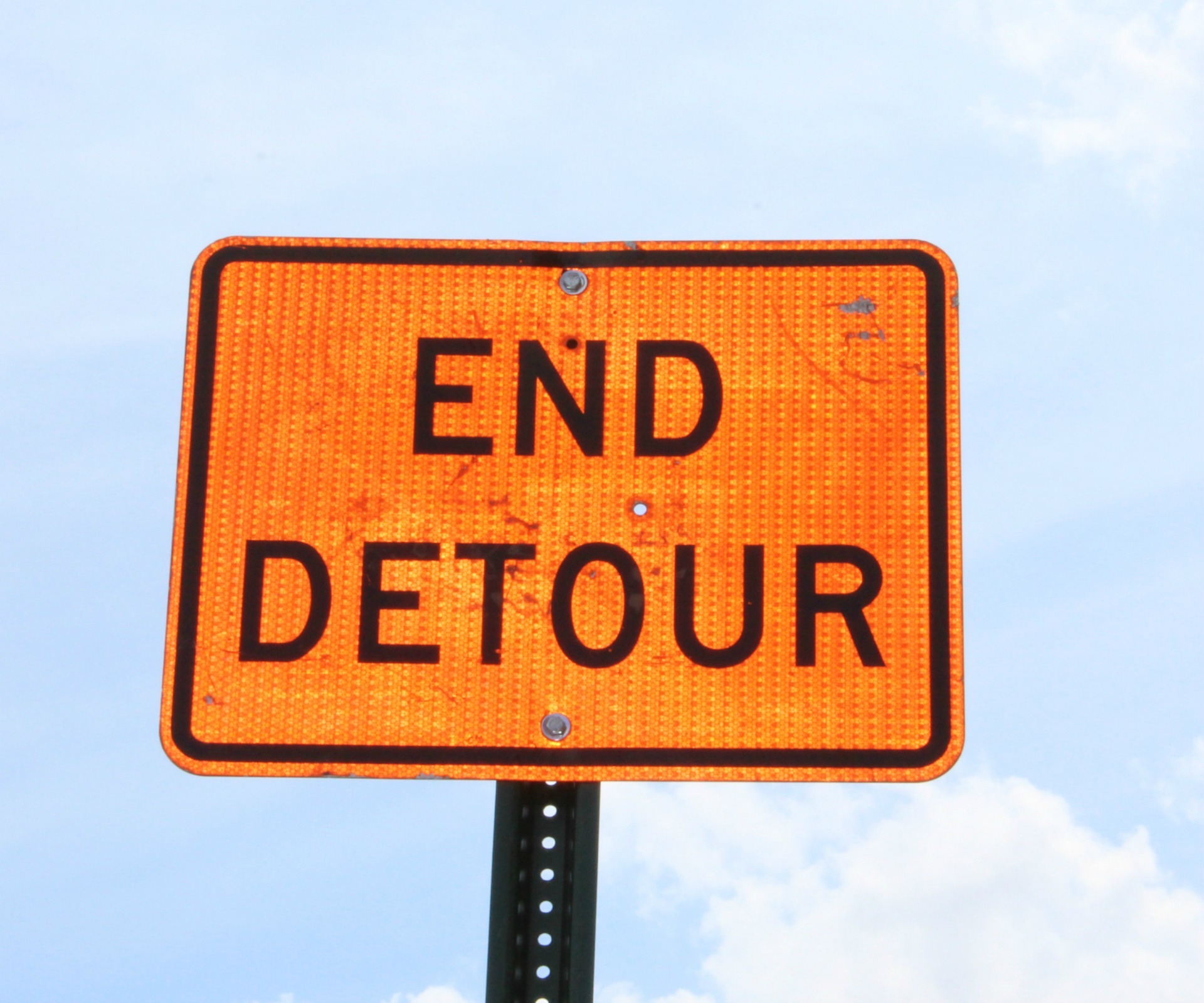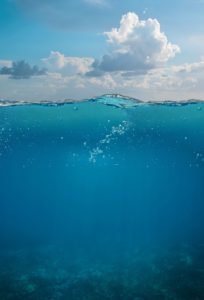Transitions

I was regularly encouraged throughout my junior high and high school years to pursue work in some field of science. I enjoyed science classes and felt that I was highly capable to conduct experiments and engage in scientific inquiry. It also appealed to many of the adults around me that I would choose to pursue the things that they encouraged.
This led me to begin my college years as a biological physics major hoping to study protein reconstruction and cancer research in the long run. I had a rather difficult time with calculus-based physics once we moved on from algebra-based practice. This led me to change majors and I wasn’t quite sure which direction I should go so I fell back on my love for nature when I saw that there was an environmental science program at my undergraduate university. It seemed like the perfect fit for me.
Over the next three and a half years this led me to practicum research focusing on implementing environmental education curriculum at a local middle school with wetlands right in their backyard. Prior to implementing the research, the wetlands were seen more as a plague and mosquito cesspool by the school faculty, but through the work of myself and my colleagues we were able to open up the eyes of some of the educators to see the value of engaging with the wetland. What I enjoyed the most about this experience is how we were able to not only provide developmentally appropriate wetlands curriculum to the students, we were also able to guide the adults in the school towards a more systemic use of the landscape in their teaching. I am grateful I have been given the opportunity implement further exploration into learning in place.
I am writing for Montessori administrators, trainers, guides, and families who are interested in integrating their bioregion into their integrative journey. I believe strong partnership within the school community between school staff members and families is key to meet the needs of children of all ages, especially those under the age of six who have a limited involvement in local community affairs.
In the spring of 2019, I began a journey with The Institute for Educational Studies (TIES), with an introductory course exploring consultant and lecturer William Bridges’ (2004) Transitions and educational consultant Tony Buzan’s (1993) The Mind Map Book. At this point in time, I was not planning on working in a Montessori classroom. Much akin to other learning experiences throughout my life, I had enrolled in TIES with the expectation to revisit core insights of the scientific pedagogy of Maria Montessori, an Italian educator, physician, and scientist, alongside new perspectives in learning.
I quickly realized that this experience was to be far more cosmic in scale than a simple refresher course in Montessori inspired principles to build upon my prior Montessori training at the lower elementary credential level. The theory of personal development established by Bridges (2014) “that views transition as the natural process of disorientation and reorientation marking the turning points in the path of growth” (p. 4), rapidly shifted from new conceptual knowledge into a reflection of my everyday life.
Sources:
Bridges, W. (1980/2004). Transitions: Making sense of life’s changes, revised 25th anniversary edition. Cambridge, MA: Da Capo Press.
Buzan, T., & Buzan, B. (1996). The mind map book: How to use radiant thinking to maximize your brain’s untapped potential. New York: The Penguin Group.




